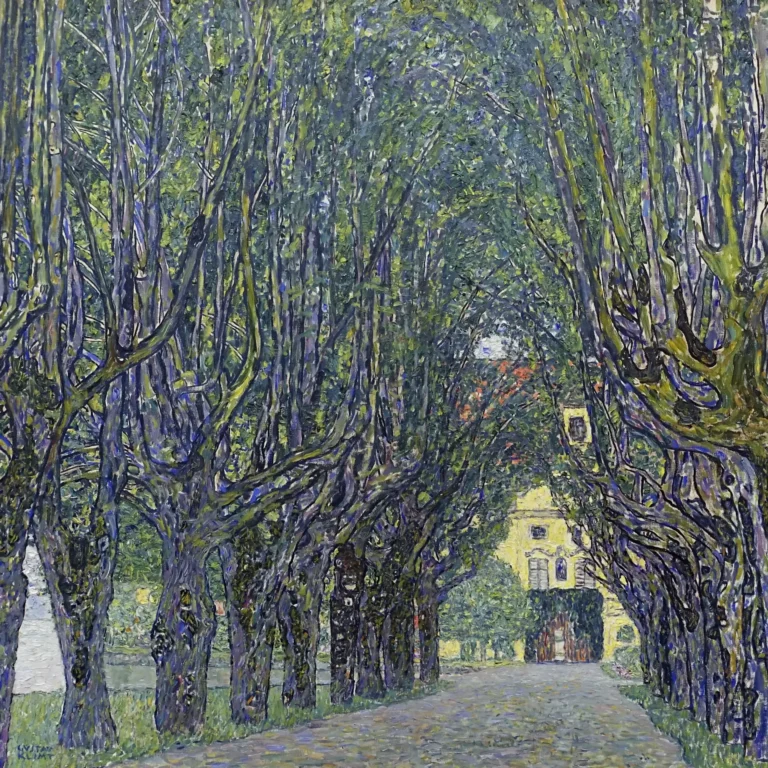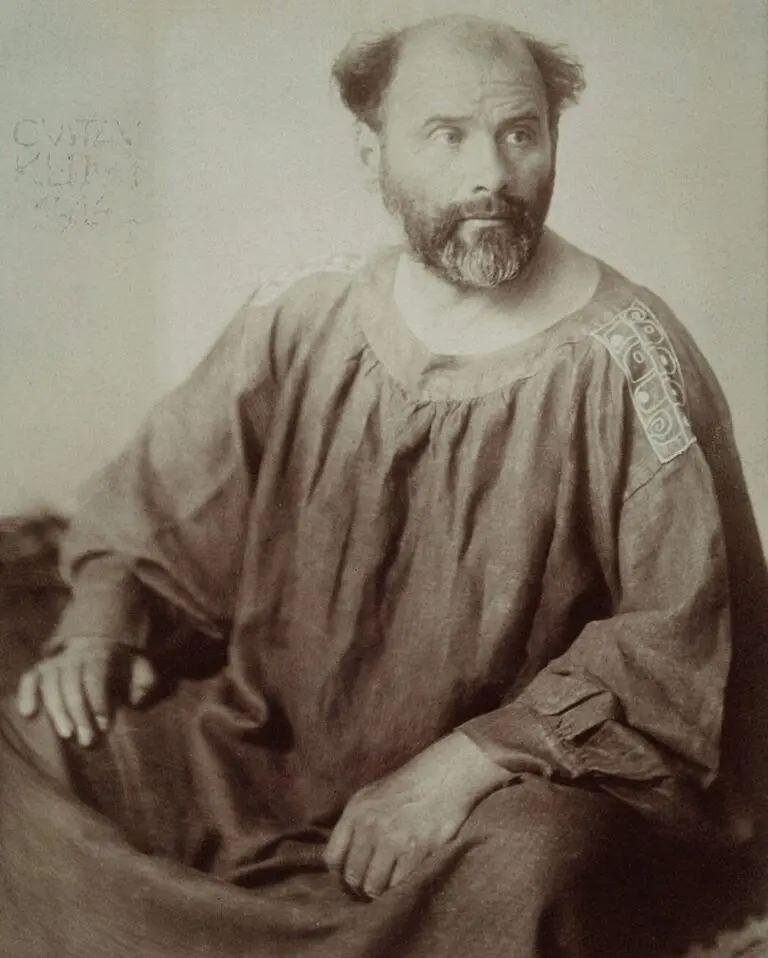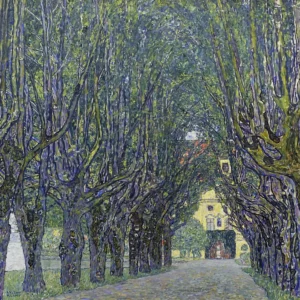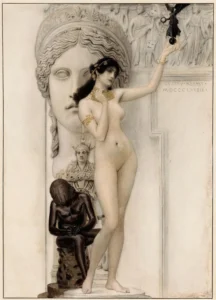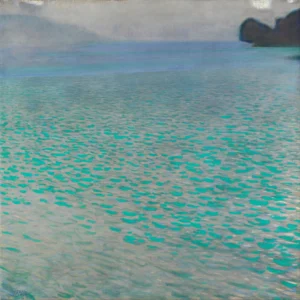Allee at Schloss Kammer (1910)
Created in 1910, Allee at Schloss Kammer is a stunning landscape painting by Austrian artist Gustav Klimt, showcasing his ability to blend vivid colors and unique geometric forms within natural settings. This painting reflects Klimt's evolution as a master of Symbolism and has become a notable highlight in the collection of the Österreichische Galerie Belvedere in Vienna. Through its vibrant representation of the park at Schloss Kammer, Klimt continues to enchant viewers with his distinctive artistic vision.
Year 1910
About the Artwork
Gustav Klimt, a pivotal figure in the Vienna Secession movement, painted Allee at Schloss Kammer during a prolific period in his artistic career. This work encapsulates his love for nature and landscapes, which he often portrayed through a symbolic lens. Schloss Kammer, the setting for this piece, holds personal significance as Klimt frequented the area for inspiration. The painting stands as a testament to his ability to evoke emotion through color and form, reflecting the tranquility of the Austrian countryside while showcasing the painter's distinct style. Klimt's exploration of nature is enriched by his later artistic tendencies, which favor entrancing geometry and radiant hues, ultimately making this work an essential piece in understanding his artistic journey.
Did You Know
Gustav Klimt was influenced not only by the Symbolist movement but also by the natural beauty of the Austrian landscape, which inspired many of his landscape paintings, including Allee at Schloss Kammer.
Klimt’s work, particularly pieces like Allee at Schloss Kammer, paved the way for modern art and influenced numerous artists in the 20th century, establishing him as a cornerstone of Viennese modernism.
Allee at Schloss Kammer is one of Klimt’s few landscape paintings, showcasing his diversity as an artist, as he is primarily known for his portraits of women, which often contained intricate patterns and symbolism.





